The Price of Trust: Why Fraud Is More Than a Security Problem


In business, trust has always been currency. In the digital economy, it has also become collateral. Every transaction, customer interaction, and data exchange now depends on a single premise: that the other party is who they claim to be. When that assumption fails, the damage does not stop at a breach. It ripples through every part of the business.
The Expanding Cost of Fraud
Fraud is often treated as a line item in the security budget. A cost to mitigate, not a force that shapes growth. Yet fraud now touches almost every metric that determines business health: conversion, compliance, reputation, and retention.
Fraud does more than steal money. It erodes confidence. It pushes product teams to tighten onboarding until good customers abandon the flow. It forces compliance teams to collect more data than they need or want to store. It makes executives hesitant to roll out new digital experiences. Each of those reactions becomes an invisible tax on growth.
Studies show that global fraud losses are measured not only in dollars but also in lost opportunity. Every time a customer faces friction during identity checks or is wrongly flagged as suspicious, the brand pays twice: once for the failed transaction, and again for the lost trust.
Trust as an Economic Variable
Trust is not abstract. It is an asset that can appreciate or depreciate based on how an organization handles identity. In the physical world, legitimacy has visible cues: storefronts, signatures, and face-to-face interactions. Online, those familiar signals disappear, replaced by digital systems that have to infer legitimacy in ways that fraudsters increasingly know how to exploit.
When fraud becomes normalized, companies spend more time verifying legitimacy than creating value. Payment processors add new verification layers. Marketplaces create multi-step reviews. Banks lengthen manual review times. These efforts may reduce risk, but they also slow revenue velocity.
This is the real price of trust: every false positive, every abandoned form, every legitimate customer who gives up because the process feels confusing or untrustworthy. Fraud prevention that focuses only on stopping bad actors ends up slowing everyone down.
From Defense to Design
Leading organizations are reframing fraud prevention as a design challenge rather than a security one. The question is no longer “How do we stop fraud?” but “How do we make trust native to our business?”
That shift requires new infrastructure. Identity assurance, authorization, and verification must be built into every transaction in a way that supports confidence without adding friction. It is the difference between treating fraud as an event and treating trust as an ongoing state.
A lender that verifies an applicant’s identity once and reuses that verification across multiple workflows reduces both cost and exposure. A title company that uses digital notarization to confirm borrower credentials limits fraud before it begins while creating a better customer experience. A marketplace that can instantly confirm a seller’s legitimacy gains both speed and credibility.
Security and growth are not opposing forces. When trust is embedded in the architecture of a platform, both can scale together.
The Hidden Risks of Getting It Wrong
Ignoring this shift does more than leave organizations vulnerable to fraudsters. It leaves them behind in the market.
When trust breaks, platforms de-list sellers overnight. Financial institutions face regulatory penalties. Consumers move to competitors they perceive as safer. The losses are not only financial. They are reputational. Rebuilding trust after it is lost can take years, and for some brands, it never returns.
Regulators are also raising expectations around identity proofing and authorization. Compliance frameworks increasingly assume that businesses can validate users and transactions with certainty. Those who cannot demonstrate that capability risk both financial losses and scrutiny from auditors, partners, and customers.
Measuring Trust as a Business Metric
To treat trust as a business asset, it must be measurable. Enterprises need visibility into how identity confidence affects conversion rates, fraud rates, and operational efficiency. The next phase of digital trust will be quantified. Businesses will measure the return on identity assurance the same way they measure uptime or customer satisfaction.
The Proof platform is designed around this principle. Every verified signature, notarized document, and authenticated identity contributes to a network of trust between businesses and their customers. The result is not just security. It is the ability to operate with confidence in a digital world that too often relies on blind faith.
Fraud will continue to evolve. The businesses that endure are those that make trust a foundational part of their operations, not an afterthought. Organizations that treat trust as a growth driver will attract stronger partners, retain more customers, and move faster than those that remain in defensive mode.
Trust is no longer a byproduct of doing business online. It is the business itself.
Learn how Proof helps enterprises build trust into every transaction >














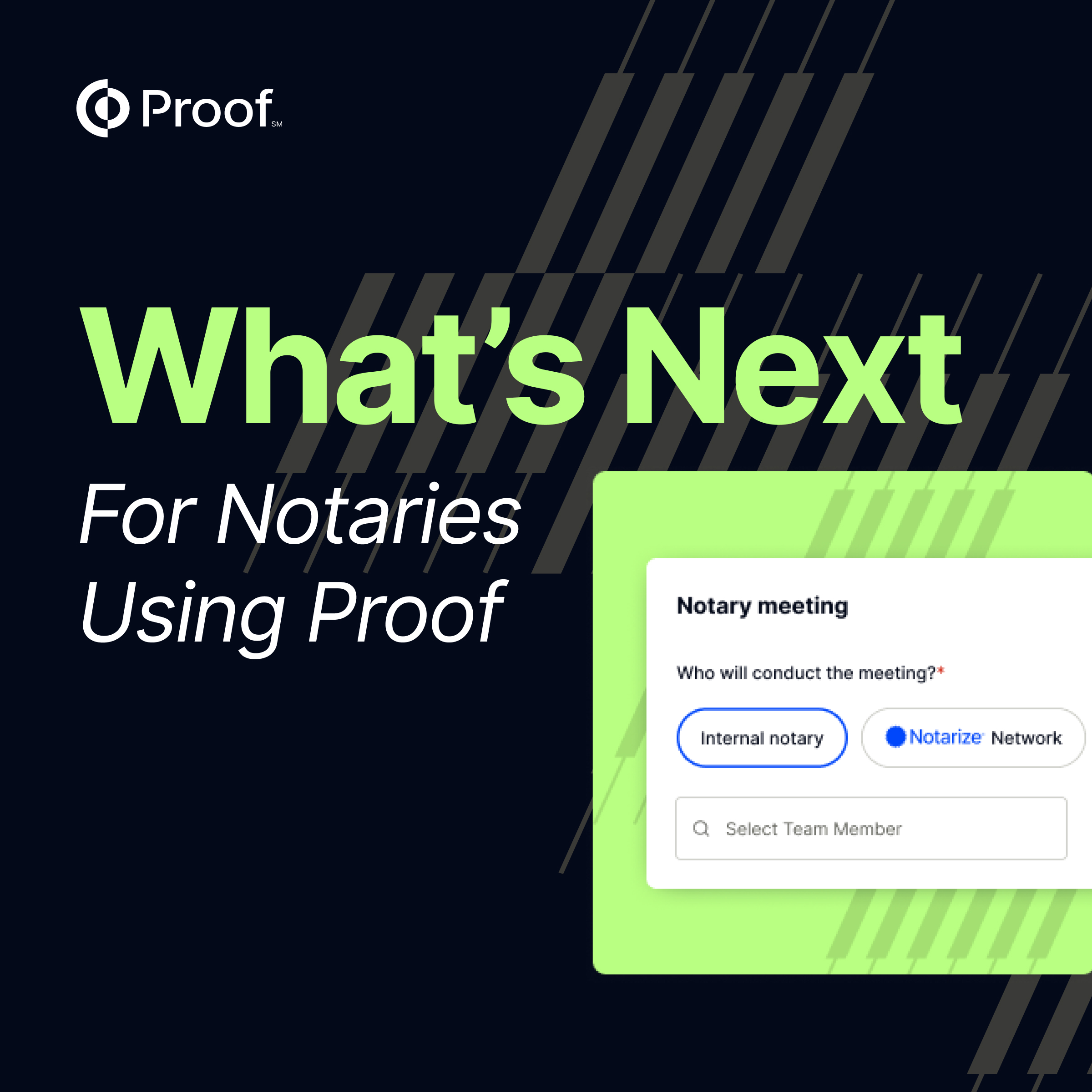





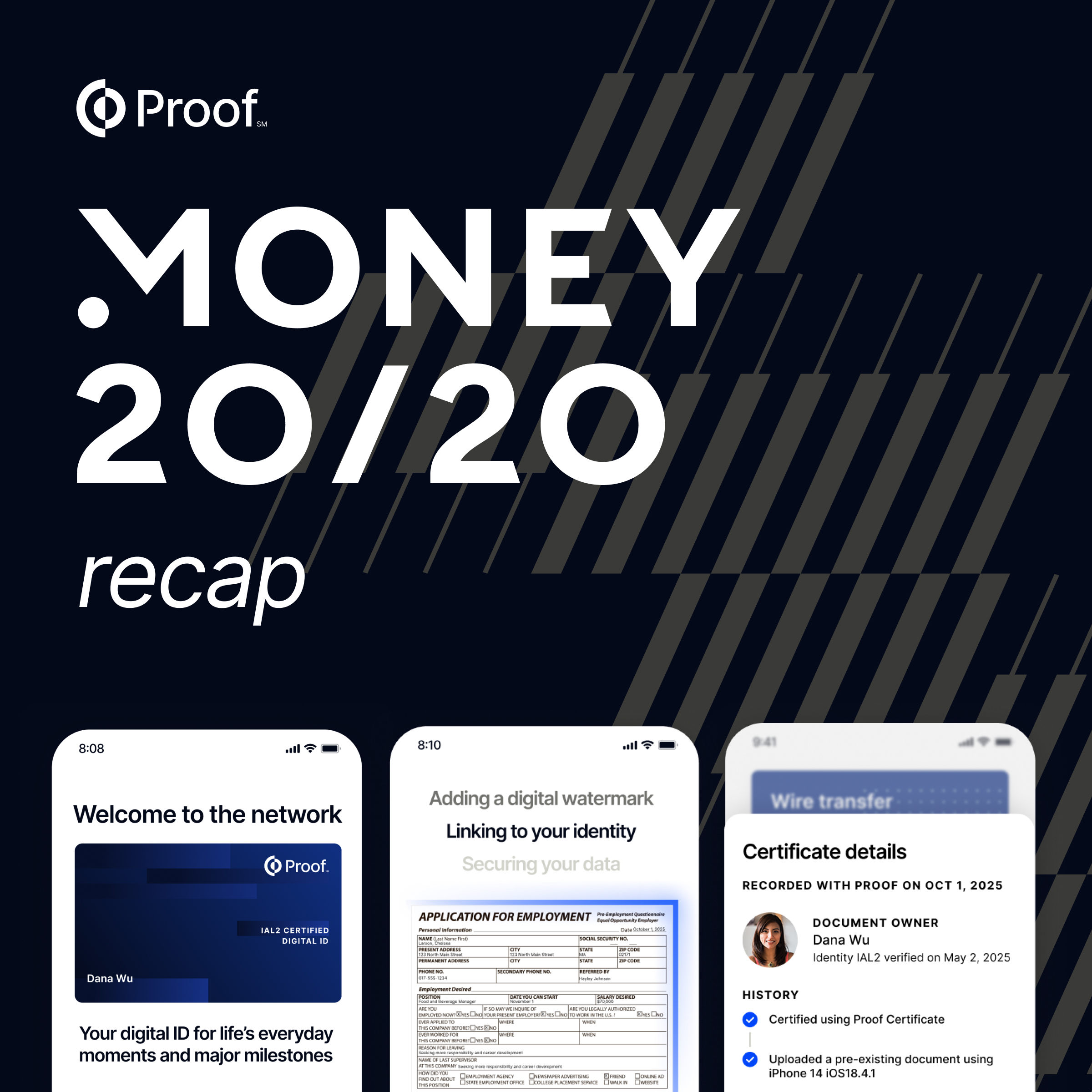






.png)


.jpg)



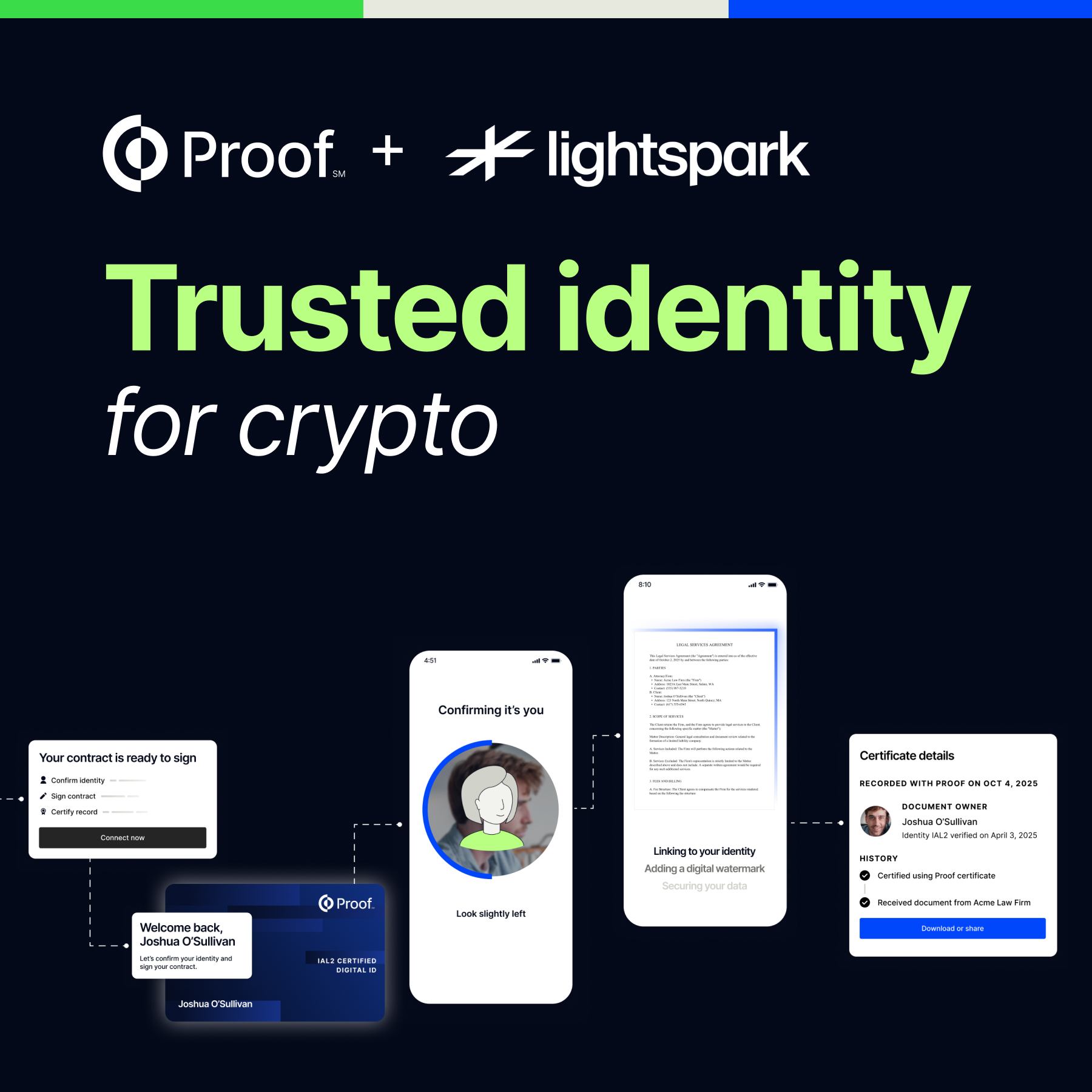










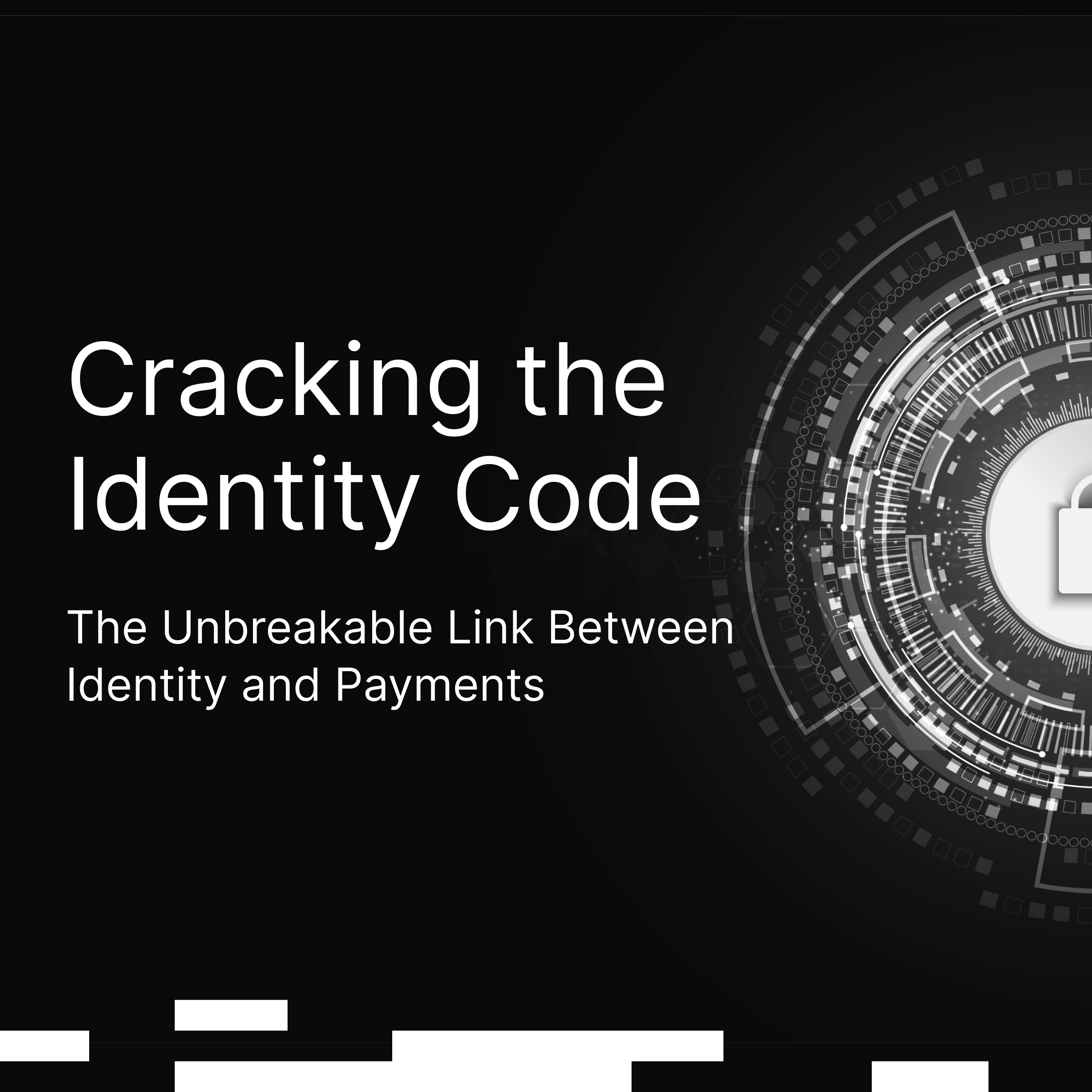


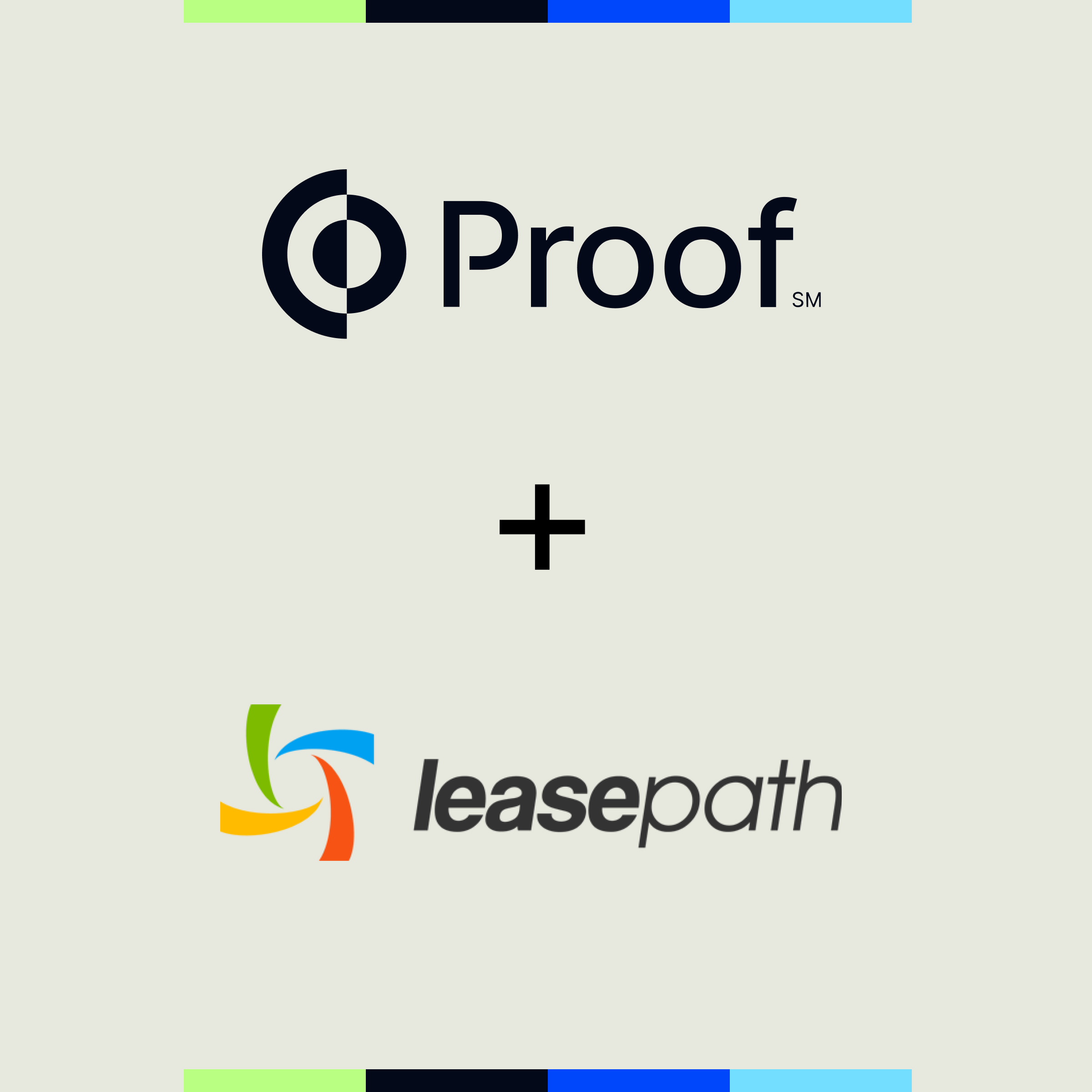

















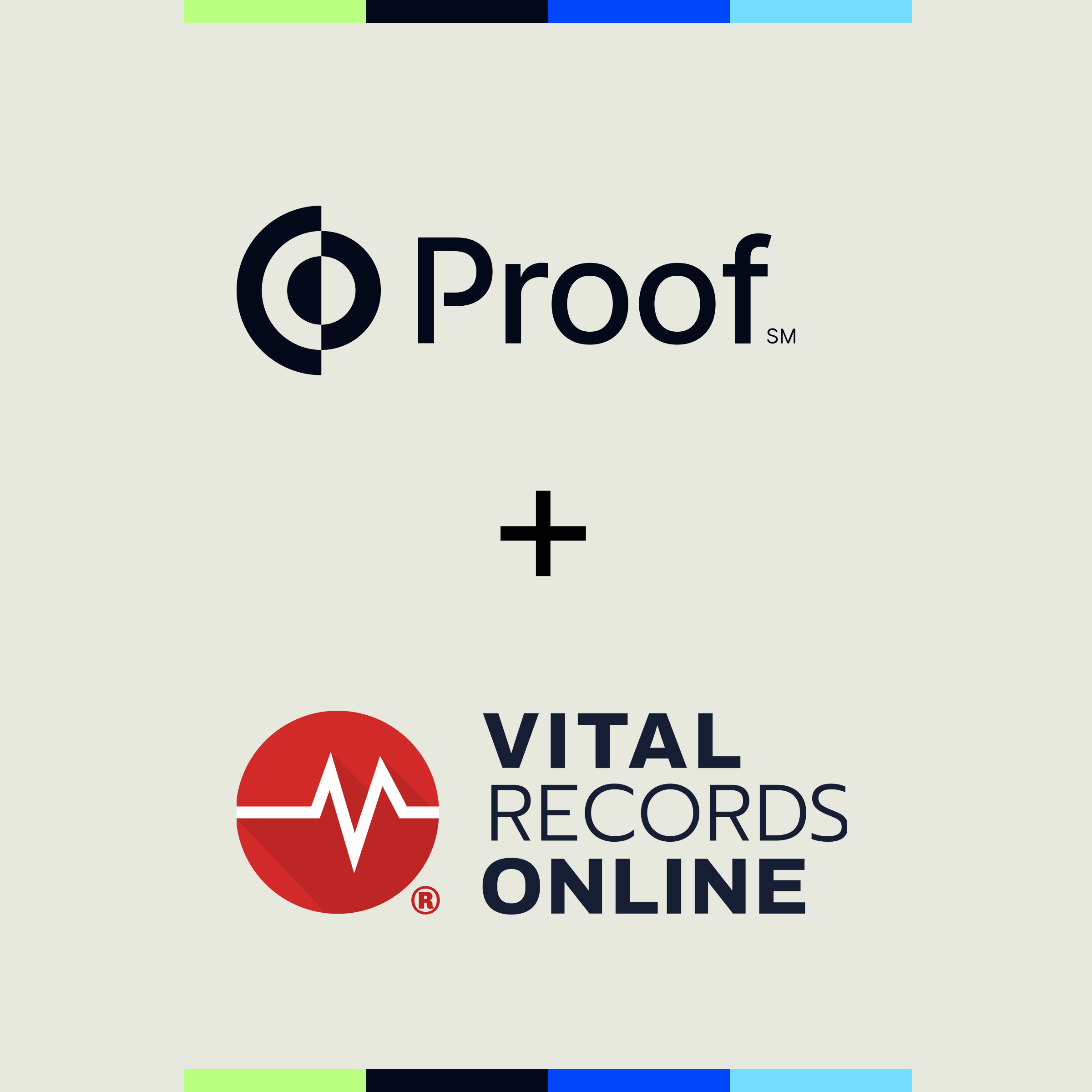








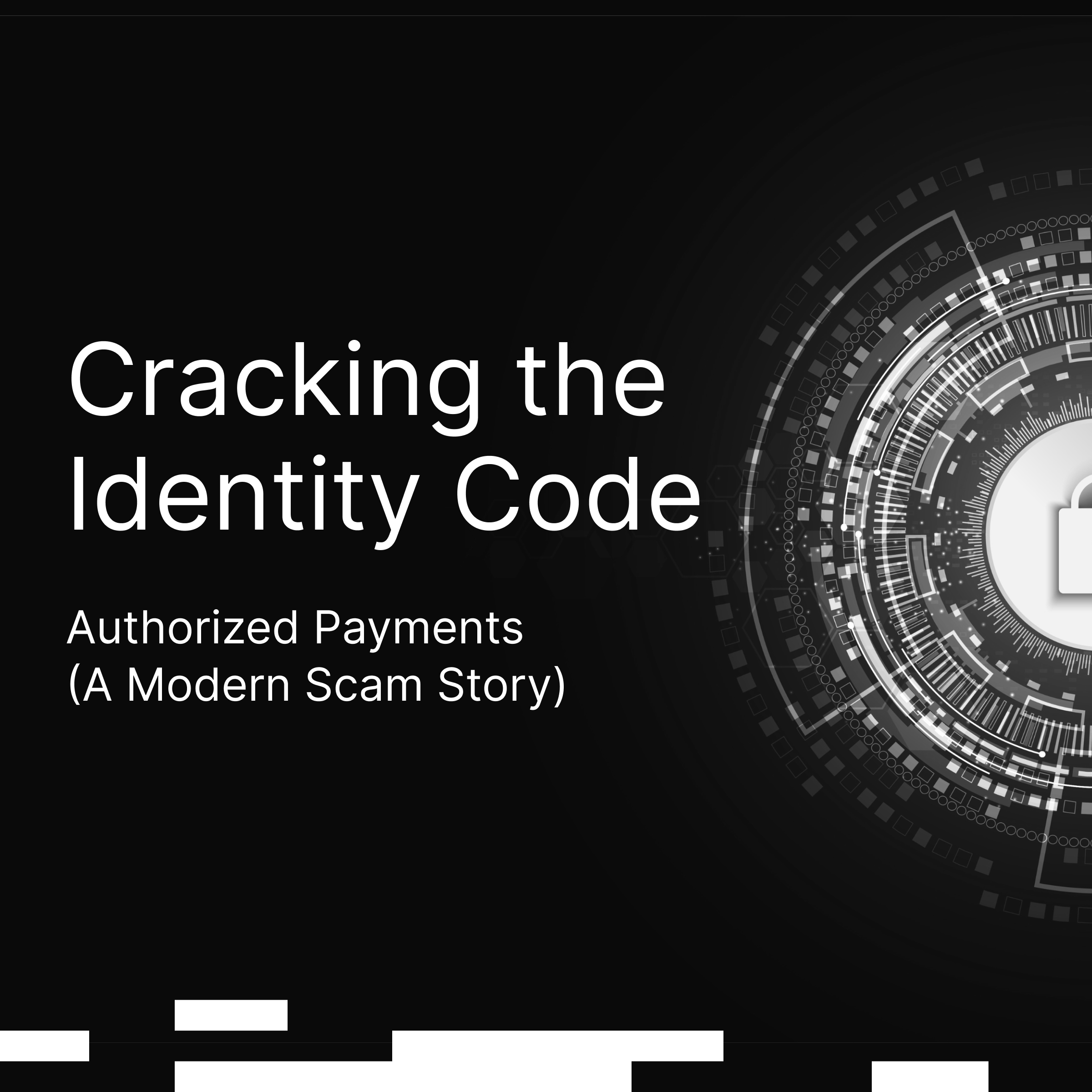










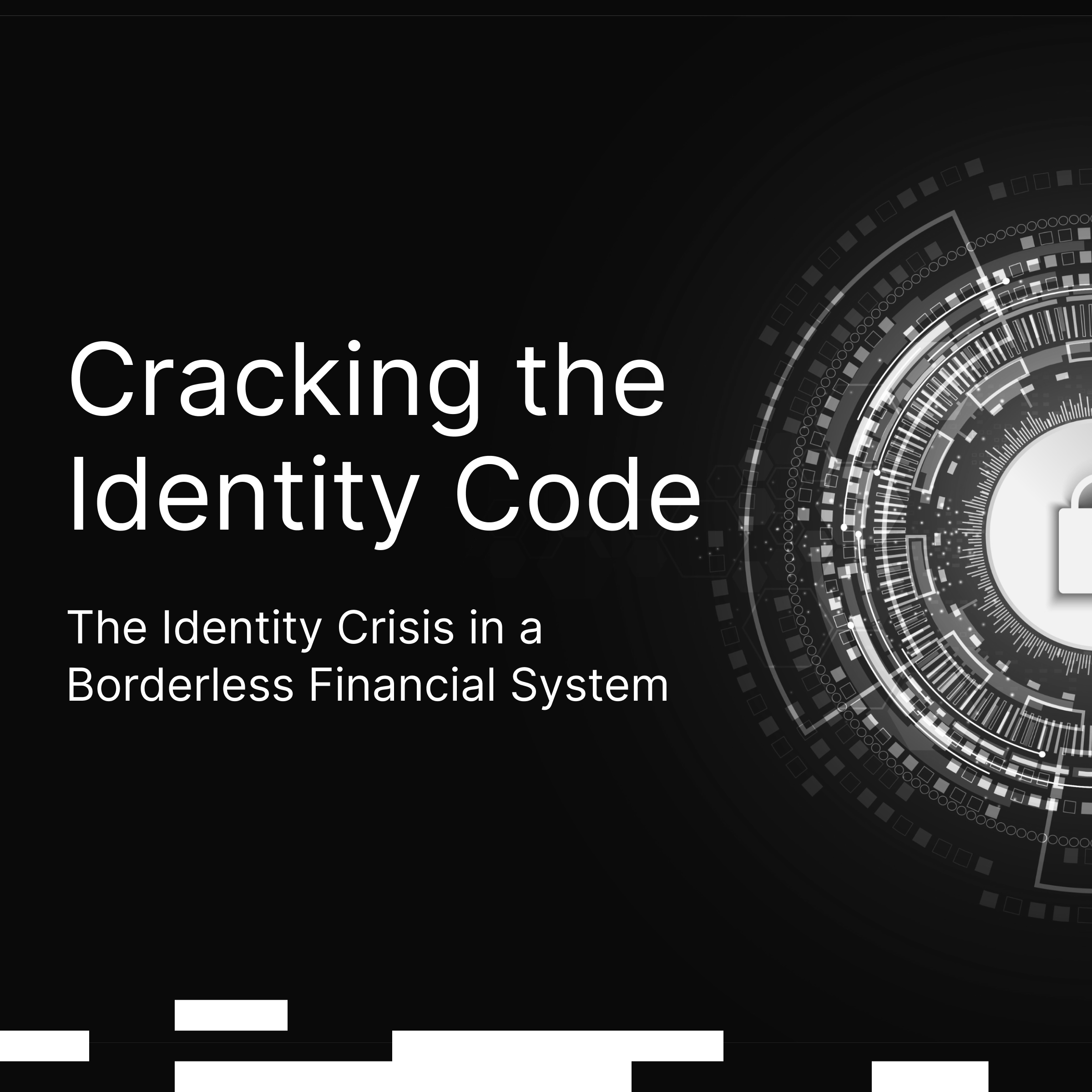








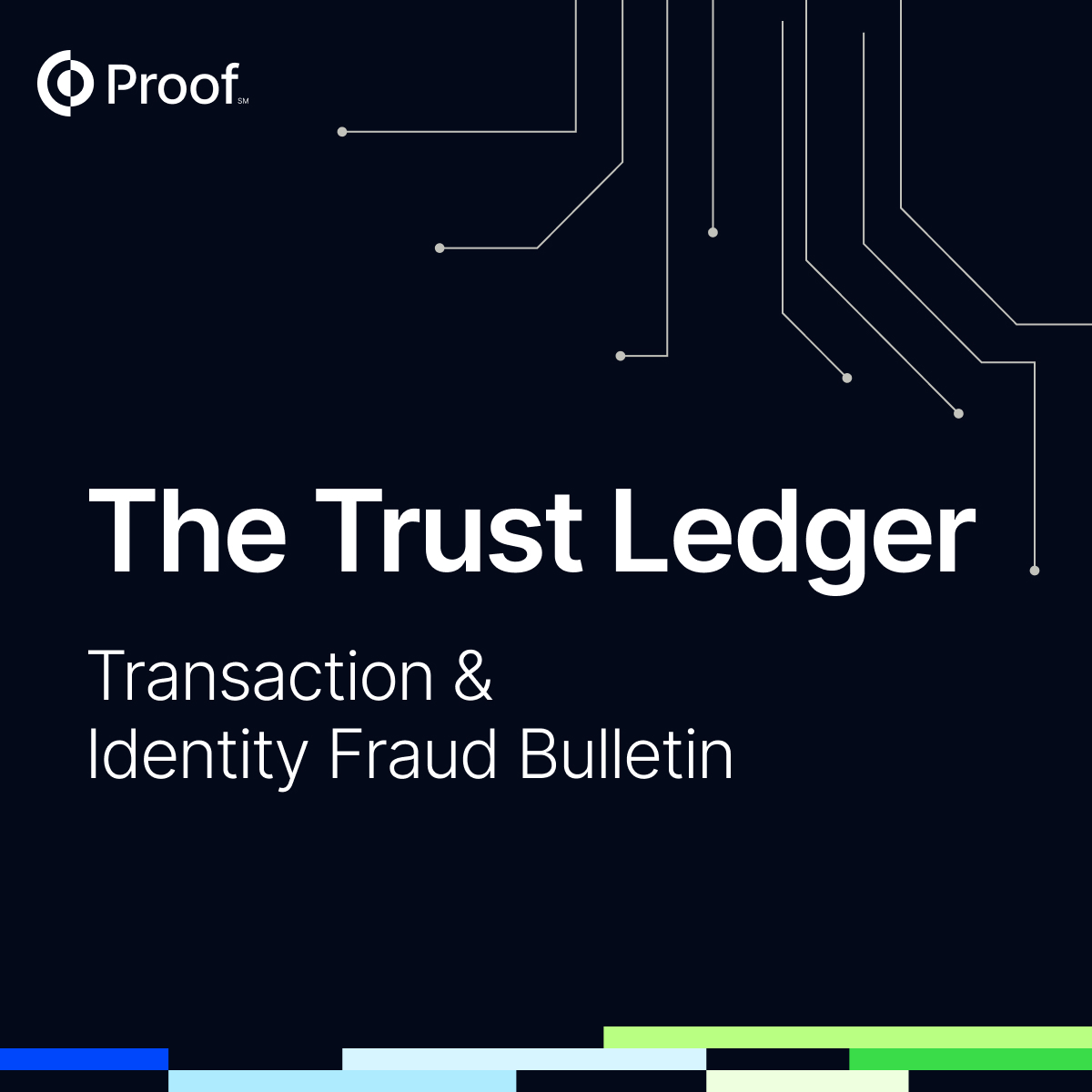







































.jpg)

